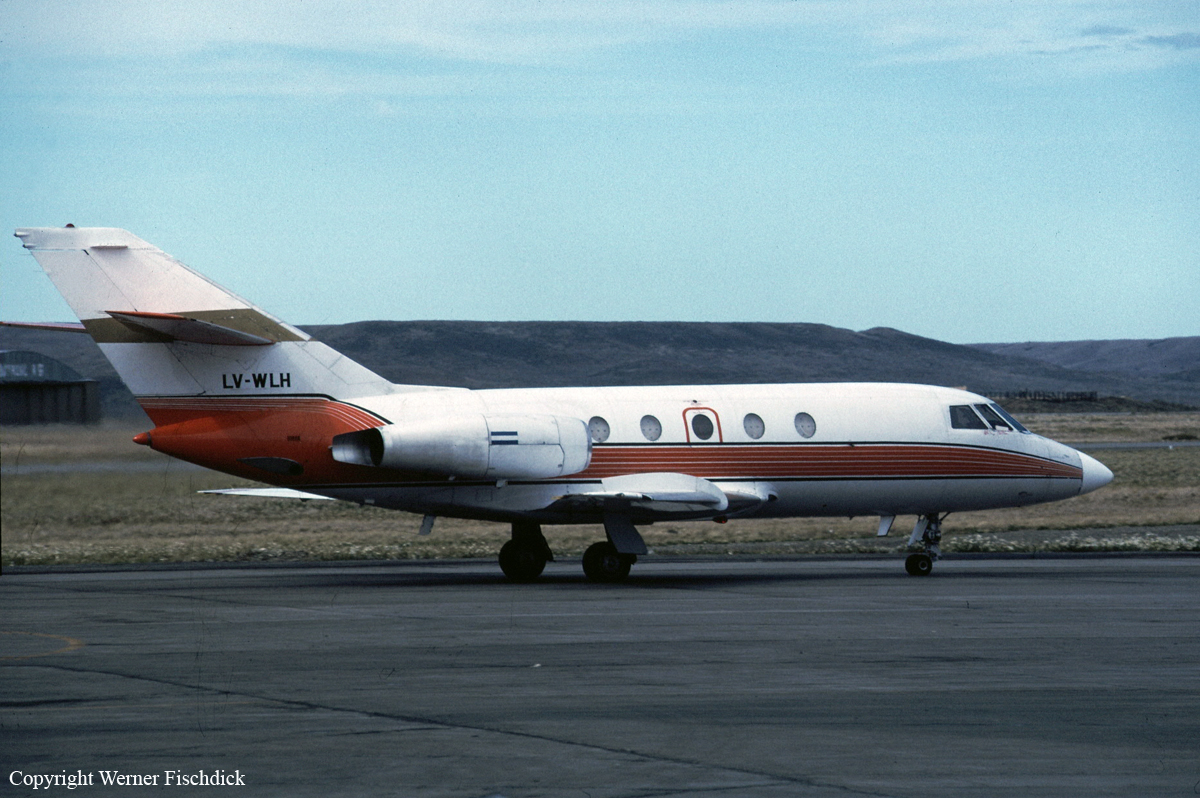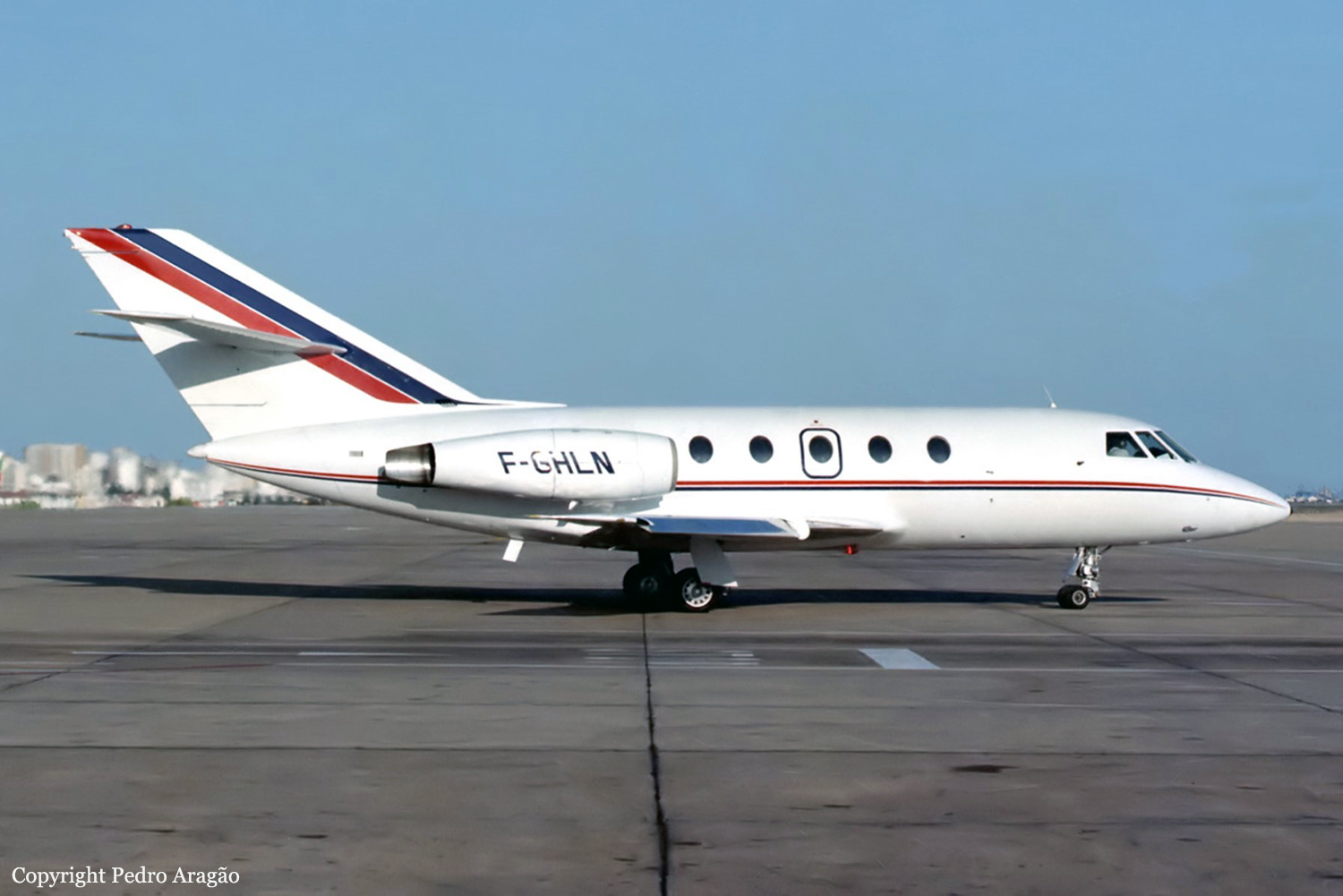Country
Crash of a Dassault Falcon 20E in Ardabil: 4 killed
Date & Time:
Mar 3, 1997
Registration:
5-3020
Survivors:
No
Schedule:
Tehran - Ardabil
MSN:
348
YOM:
1976
Crew on board:
4
Crew fatalities:
Pax on board:
0
Pax fatalities:
Other fatalities:
Total fatalities:
4
Circumstances:
While approaching Ardabil Airport in poor weather conditions, the aircraft struck the ground few km short of runway. All four crew members were killed. They were completing a humanitarian flight from Tehran.

Crash of a Dassault Falcon 20C on Mt Chivilme: 4 killed
Date & Time:
Feb 7, 1997 at 2211 LT
Registration:
LV-WLH
Survivors:
No
Schedule:
Córdoba – San Miguel de Tucumán – Salta
MSN:
34
YOM:
1966
Crew on board:
2
Crew fatalities:
Pax on board:
2
Pax fatalities:
Other fatalities:
Total fatalities:
4
Aircraft flight hours:
15118
Circumstances:
The aircraft was completing a cargo flight from Córdoba to Salta with an intermediate stop in San Miguel de Tucumán, carrying two passengers and two pilots. The crew departed San Miguel de Tucumán-Teniente Benjamin Matienzo Airport at 2145LT and was cleared to climb to FL180. At 2201LT, the crew reported over PONPI VOR located 55 nm from Salta. Two minutes later, the crew was cleared to descent on top of the clouds in VMC conditions. While cruising at an altitude of 6,970 feet, the aircraft struck the slope of Mt Chivilme located 36,4 km southwest of Salta Airport. The aircraft was destroyed by impact forces and all four occupants were killed.
Probable cause:
Collision with a mountain during the descent prior to landing, while flying an instrument approach procedure other than the existing airport destination with errors in distances and heights. The following contributing factors were identified:
- Use of GPS as the primary instrument of navigation, when it should be used as a supplementary tool or reference,
- Lack of control over the instruments and procedures,
- Poor crew resources management,
- Placement of a fictitious point in the GPS with the name 'F-SAL' point which is easily confused with "SALT", the acronym of the Salta airport.
- Use of GPS as the primary instrument of navigation, when it should be used as a supplementary tool or reference,
- Lack of control over the instruments and procedures,
- Poor crew resources management,
- Placement of a fictitious point in the GPS with the name 'F-SAL' point which is easily confused with "SALT", the acronym of the Salta airport.

Crash of a Dassault Falcon 20F in Davao City
Date & Time:
Apr 24, 1996 at 1145 LT
Registration:
RP-C1980
Survivors:
Yes
Schedule:
Davao City - Manila
MSN:
400
YOM:
1979
Crew on board:
2
Crew fatalities:
Pax on board:
6
Pax fatalities:
Other fatalities:
Total fatalities:
0
Circumstances:
The aircraft was completing a cargo flight from Davao City to Manila, carrying six passengers, two pilots and a load consisting of eight crates of gold. Just after liftoff, while climbing to a height of about 75 feet, the aircraft stalled and landed back on runway. Unable to stop within the remaining distance, the aircraft overran and came to rest in a banana plantation, broken in three. All eight occupants escaped uninjured.


Crash of a Dassault Falcon 20E in Paris: 10 killed
Date & Time:
Jan 20, 1995 at 1732 LT
Registration:
F-GHLN
Survivors:
No
Schedule:
Paris - Sibiu
MSN:
255
YOM:
1972
Flight number:
LEA001N
Crew on board:
3
Crew fatalities:
Pax on board:
7
Pax fatalities:
Other fatalities:
Total fatalities:
10
Captain / Total hours on type:
668.00
Copilot / Total hours on type:
451
Aircraft flight hours:
7865
Circumstances:
After takeoff from runway 25 at Paris-Le Bourget Airport, while in initial climb, the aircraft collided with birds. The left engine failed then exploded. The crew declared an emergency and was cleared to return. On short final, after the left engine detached, the aircraft nosed down to an angle of 15°, struck the ground and crashed near runway 21 threshold. It slid for 430 metres then came to rest, bursting into flames. The aircraft was destroyed by fire and all 10 occupants were killed, among them CEO of the food group Saint-Louis.
Probable cause:
The accident was the consequence of the following:
- Massive ingestion of 15 birds of the crested lapwing species by the left engine after rotation,
- Uncontrolled damage to this engine due to the failure of its fan rotor overspeed protection system, which led to the aircraft fire. The rapid development of the fire caused the aircraft to lose control in the final phase of the emergency landing attempt.
- Massive ingestion of 15 birds of the crested lapwing species by the left engine after rotation,
- Uncontrolled damage to this engine due to the failure of its fan rotor overspeed protection system, which led to the aircraft fire. The rapid development of the fire caused the aircraft to lose control in the final phase of the emergency landing attempt.
Final Report:





